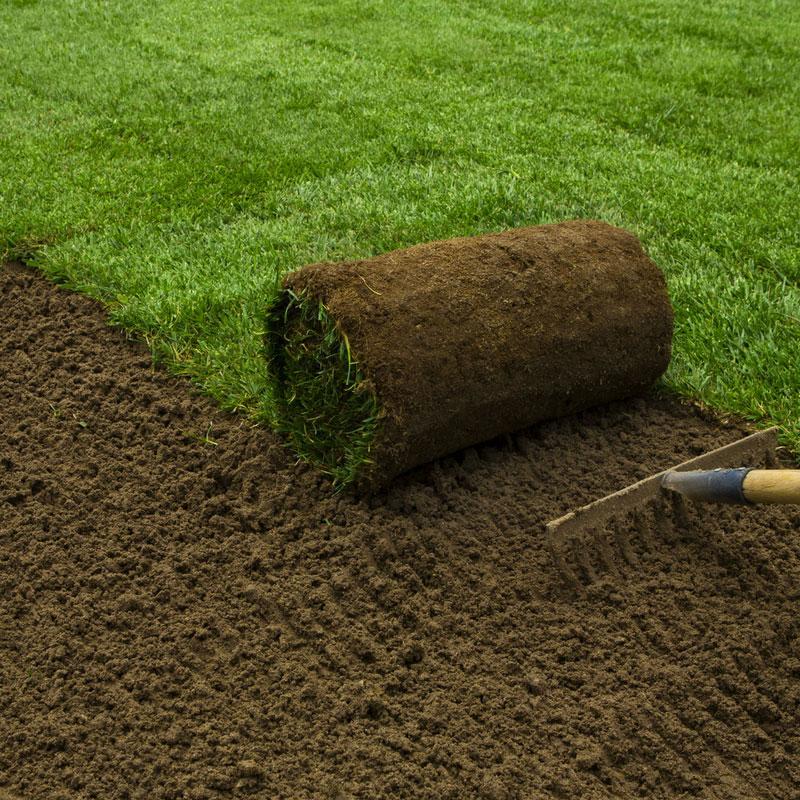
Ah, yes. It’s that time of year again, isn’t it?
Homeowners across New England arm themsevles and go to battle with mother nature and various weeds, pests and other would be joy-stealers of beautiful lawns.
It doesn’t need to be that diffucult though, does it? We’re here to tell you “no, there is an easier way”.
You don’t need to get fancy and there isn’t some “secret sauce”. We’ve laid out below some of the most basic, low-hanging fruit any homeowner can do to get a more beautiful lawn this summer.
The Mowing
The first thing to do is inspect your lawn mower and if needed sharpen your mower blades. Why? clean cuts promote clean growth and a dull blade will only slow you down while harming your turf.
Cut as soon as the lawn needs it. When the grass reaches 3 – 4” cut it back to 2 – 2.5” in height. Waiting any lnger than 3 – 4” promotes disease in your lawn.
What about Fertilizing?
A couple of hard and fast rules here;
1. Fertilize in the middle of May. In advance of that soil testing should be done to determine your lawn’s pH. Luckily soil testing kits can be purchased, or you can send your soil samples to Northeast Nursery.
2. With your soil test results back, apply your fertilizer at ¼ the rate than what is on the fertilizer package. For example: ¼ of 5,000 sq. ft. of fertilizer would become 20,000 sq. ft. of fertilizer
It’s important to keep in mind that fertilizing promotes good lawn health and stability. To summarize:
- Lawns loaded in Nitrogen will overload the grass blades, which takes away from root production.
- Use Lime to raise the pH of your soil
- Turf prefers neutral soils

Crabgrass Control
Crabgrass is the most dreaded lawn weed. It ruins lives and destroys families. OK, maybe a little dramatic, but you get the gist.
How can you control it?
- The first herbicide application should be applied in early April
- The second herbicide application should be applied in the middle of May
- Learn more about crabgrass prevention and steps to take
Do not use Round-Up on your turf to kill crabgrass:
- Will kill all turf and plants around it as well
- Round-Up should not be used on turf
Seeding
Seeding can really be done at any time, but when beginning in the spring keep in mind turf seed will NOT germinate until there have been at least 3 consecutive days of 55 degree soil temps (not air temps). In fact, some turf varieties require 65 degree soil temps. Use the right grass seed for the right place and note the sun requirements; sun, shade or a mix of the two are available.
Aerating
If you have noticed heavy compaction, or depressions in your lawn from vehicles, kids playing and or general foot traffic aeration is recommended. If you do plan on aerating in the spring, be sure to do so before you apply weed killer. If you aerate after you’ve put down your weed killer you will “break the barrier” and risk weed seed germination.
Aerators will leave small 1-2 inch soil plugs that will break down with time and are no threat to your lawn. We have aerators available for landscapers to rent, please call 978-535-6550 for more details.

Dethatching
Every spring you should rake your lawn. This should be a twice a year project that will help maintain your lawns excellent health.
If you have more than an inch of thatch remove less than a ½ inch of thatch. We have dethatchers available for landscapers to rent, please call 978-535-6550 for more details.
Over an inch of Thatch can:
- Promote disease
- Promote stress
Too much Thatch means:
- Too much fertilizer
- Too much water
- Too much reliance on chemical fertilizer
- Poor mowing habits




